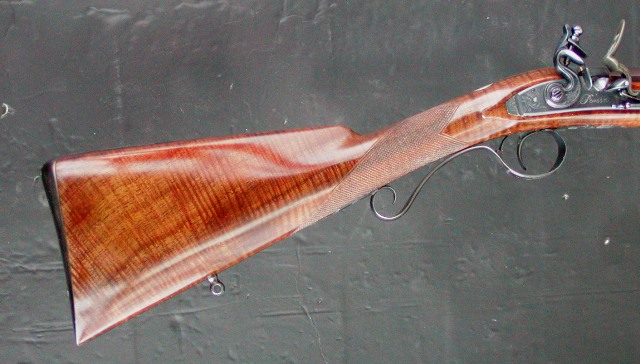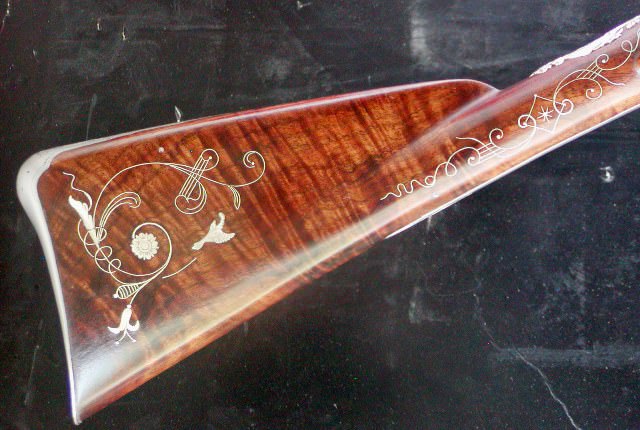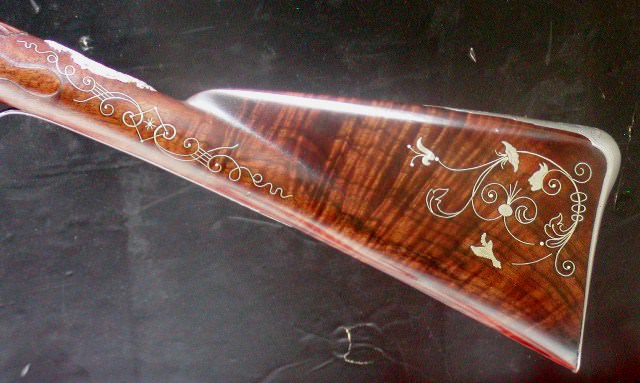Please delete if not allowed. I wanted to pick the brain of some wood finishers since we have a few in here! 
Walnut is one of my favorite woods to work with. I love the smell cutting it… I love how durable it is… I love the contrast between heart and sapwood. It’s simply beautiful.
I operate a small wood slab business out of my garage with hundreds of finished pieces out of my belt. Charcuterie, cutting, noodle boards, stove covers, all sorts of tables, counter tops, shelving… Every great once in awhile I land a pretty nice piece of wood that’s very unique.
Recently, I acquired a highly figured walnut slab that will end up being a dining bench. Now, I’ve had some curled walnut in the past, but due to the nature of the pieces, they got the linseed oil treatment which doesn’t extenuate the figure in walnut. Certainly in no fashion similar to iron nitrate with curly maple.
Has anyone in here figured out how to make curly walnut ‘pop’? Who knows, someone may be needing help with a gunstock on similar wood!
Walnut is one of my favorite woods to work with. I love the smell cutting it… I love how durable it is… I love the contrast between heart and sapwood. It’s simply beautiful.
I operate a small wood slab business out of my garage with hundreds of finished pieces out of my belt. Charcuterie, cutting, noodle boards, stove covers, all sorts of tables, counter tops, shelving… Every great once in awhile I land a pretty nice piece of wood that’s very unique.
Recently, I acquired a highly figured walnut slab that will end up being a dining bench. Now, I’ve had some curled walnut in the past, but due to the nature of the pieces, they got the linseed oil treatment which doesn’t extenuate the figure in walnut. Certainly in no fashion similar to iron nitrate with curly maple.
Has anyone in here figured out how to make curly walnut ‘pop’? Who knows, someone may be needing help with a gunstock on similar wood!














